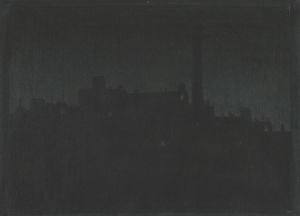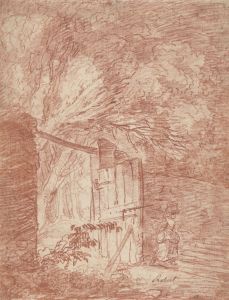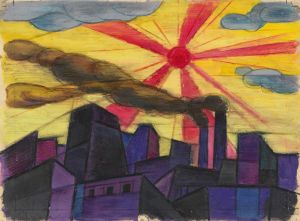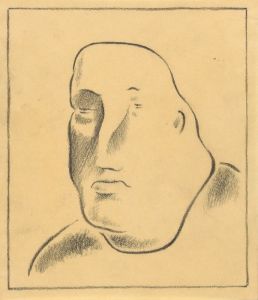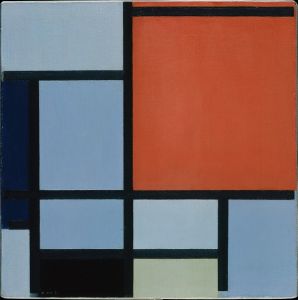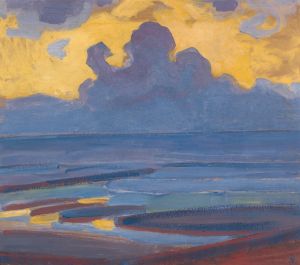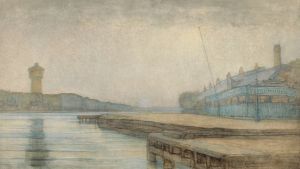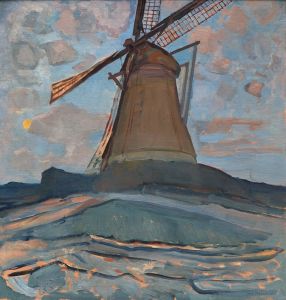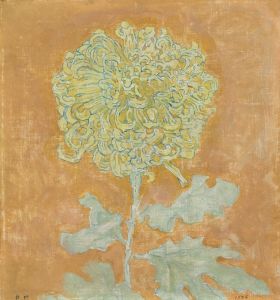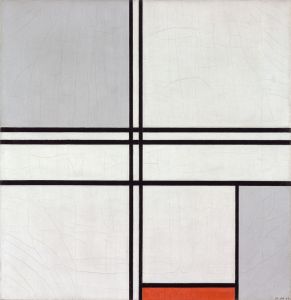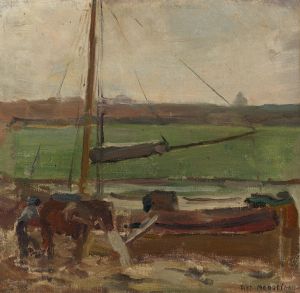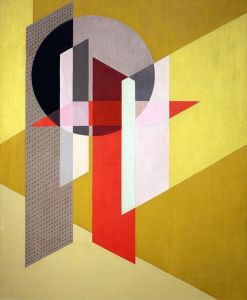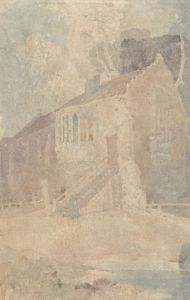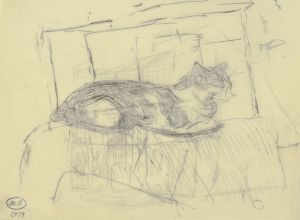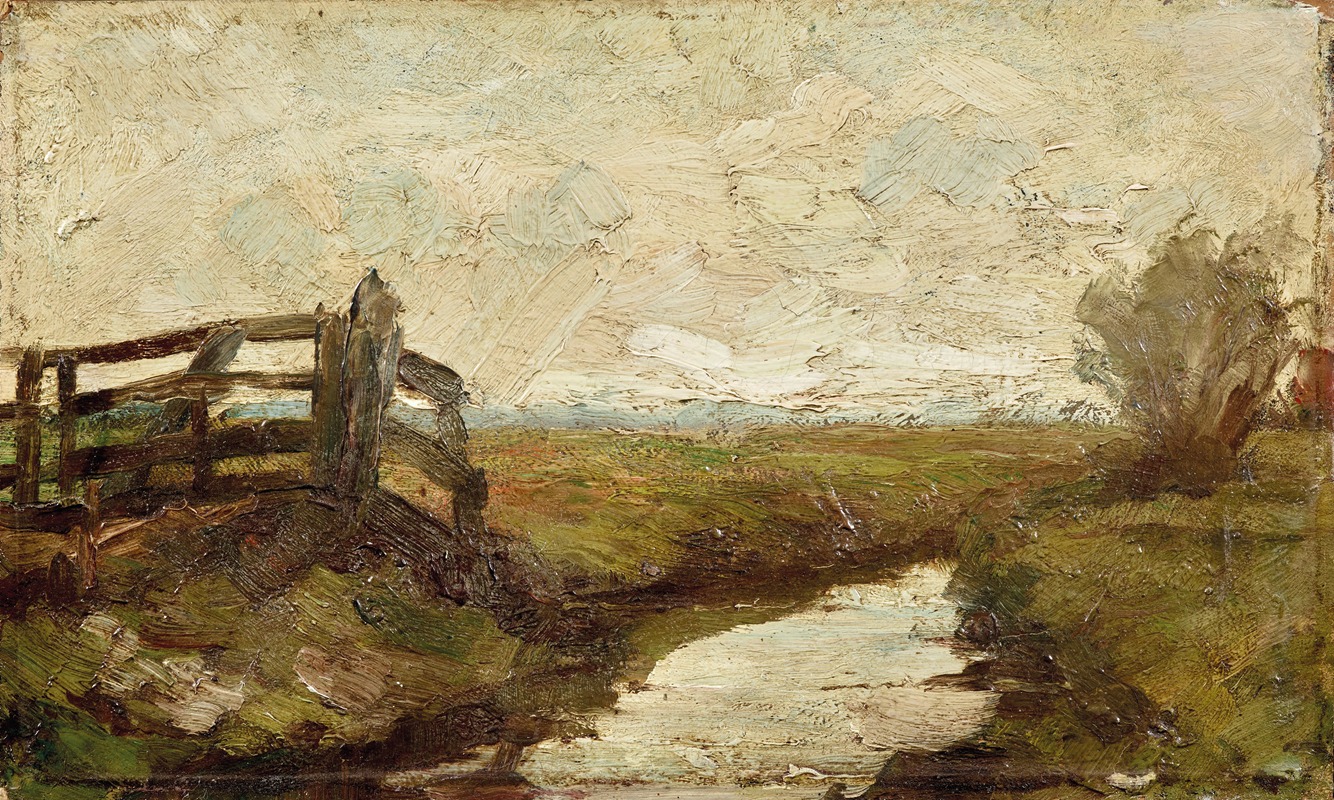
Irrigation ditch with wood gate at left
A hand-painted replica of Piet Mondrian’s masterpiece Irrigation ditch with wood gate at left, meticulously crafted by professional artists to capture the true essence of the original. Each piece is created with museum-quality canvas and rare mineral pigments, carefully painted by experienced artists with delicate brushstrokes and rich, layered colors to perfectly recreate the texture of the original artwork. Unlike machine-printed reproductions, this hand-painted version brings the painting to life, infused with the artist’s emotions and skill in every stroke. Whether for personal collection or home decoration, it instantly elevates the artistic atmosphere of any space.
Piet Mondrian, a Dutch painter renowned for his contribution to the De Stijl art movement, is best known for his abstract works characterized by geometric forms and primary colors. However, before Mondrian developed his iconic abstract style, he painted landscapes and other representational subjects. One such work is "Irrigation Ditch with Wood Gate at Left," which reflects his early artistic endeavors.
"Irrigation Ditch with Wood Gate at Left" is an example of Mondrian's early landscape paintings, created during a period when he was exploring various styles and techniques. This painting is part of Mondrian's body of work from the late 19th and early 20th centuries, a time when he was deeply influenced by the natural environment of the Netherlands. During this period, Mondrian's work was characterized by a more naturalistic approach, depicting the Dutch countryside with a focus on light, color, and form.
The painting itself portrays a rural scene with an irrigation ditch, a common feature in the Dutch landscape, used to manage water levels in agricultural areas. The presence of a wood gate suggests human intervention in the natural environment, a theme that Mondrian explored in various works. The composition likely emphasizes the horizontal and vertical lines formed by the ditch and gate, hinting at Mondrian's later interest in geometric abstraction.
Mondrian's early landscapes, including "Irrigation Ditch with Wood Gate at Left," demonstrate his skill in capturing the subtleties of light and atmosphere. These works often feature a subdued color palette, reflecting the muted tones of the Dutch countryside. The attention to detail and the careful rendering of natural elements in these paintings reveal Mondrian's grounding in traditional techniques before his shift towards abstraction.
This painting is significant as it provides insight into Mondrian's artistic development and the evolution of his style. It represents a transitional phase in his career, where he was moving away from Impressionism and Post-Impressionism towards a more abstract and simplified form of expression. Mondrian's early works, including this one, laid the foundation for his later experiments with abstraction and his eventual role as a leading figure in the De Stijl movement.
While "Irrigation Ditch with Wood Gate at Left" may not be as widely recognized as Mondrian's abstract compositions, it is an important piece that highlights his roots in landscape painting and his journey towards abstraction. The painting serves as a testament to Mondrian's versatility as an artist and his ability to adapt and innovate throughout his career.
Overall, "Irrigation Ditch with Wood Gate at Left" is a valuable work for understanding the early influences and artistic trajectory of Piet Mondrian. It reflects his connection to the Dutch landscape and his exploration of form and structure, elements that would later become central to his abstract works.





